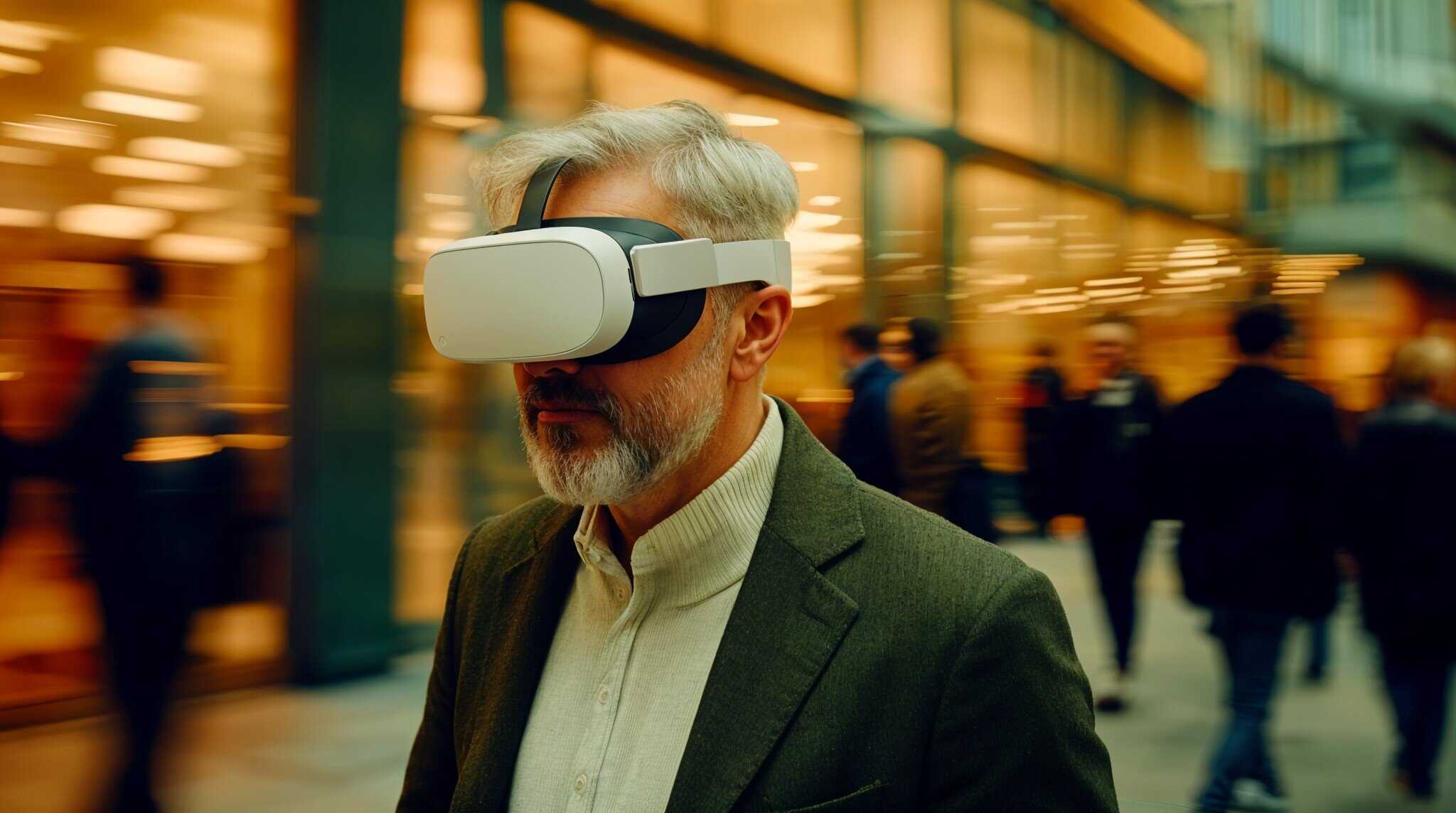AI in Action: where Artificial Intelligence meets small business.
A journey alongside Stuart Ridout from Microsoft to put artificial intelligence in the hands of everyday businesses.

Virtual reality for companies is no longer just a future promise—it’s becoming a practical tool for innovation. From team training and process simulations to enhancing customer experiences, this technology offers real solutions to real business needs.
But adopting VR is more than simply using high-end devices; it’s about strategically integrating it into business operations. This practical guide outlines the key steps to successfully incorporate virtual reality in companies, maximizing its impact while minimizing risks.
Before investing in VR solutions, you need to identify which processes or challenges can truly benefit from this technology. Are you aiming to improve employee training? Streamline logistics? Create immersive product prototypes?
Having specific, measurable objectives allows for a focused investment, scalable project design, and performance tracking from the start.
The wide variety of VR devices and platforms requires careful selection. Not all virtual reality for companies solutions are alike, and making the right choice is essential for an efficient rollout.
The best option will depend on your budget, user needs, and integration with current systems.
After choosing the technology, the next step is to develop the actual experience. A truly effective VR solution should address your business’s specific needs. This could include simulated environments, interactive training modules, or immersive 3D data visualizations.
Working with UX designers and instructional designers helps ensure that the solution is user-friendly and purposeful.
Technology implementation only succeeds when your team is equipped to use it. Training users is as important as installing the hardware.
Effective training minimizes initial resistance and accelerates the learning curve.
Before a full rollout, running a pilot program is essential. It allows you to identify issues, tweak the design, and evaluate the solution’s effectiveness without committing large-scale resources.
Pilots also provide valuable user feedback that can help justify the investment to key stakeholders.
With pilot results in hand, you can move toward full implementation. Make sure to develop a scale-up plan that includes updates, technical support, and ongoing optimization.
Monitoring usage and collecting performance data enables continuous improvement and long-term success.
Finally, analyze the results. Has efficiency improved? Is training time shorter? Have operational errors been reduced?
Collecting both qualitative and quantitative data is crucial to demonstrate the real impact of virtual reality in companies. Communicating these results internally helps build support for future tech initiatives.
Successfully integrating virtual reality for companies is a strategic move that can create real competitive advantages. When implemented thoughtfully, it streamlines processes, boosts productivity, and fosters a culture of innovation.
At Founderz, we support professionals and organizations in staying ahead of the curve. If you’re ready to take the next step:
Now is the time to innovate. Done right, virtual reality can be the catalyst your company needs.
This post is also available in: Español

Pau Garcia-Milà
Founder & CoCEO at Founderz
Meet Pau Garcia-Milà: entrepreneur since the age of 17, innovation advocate on social media, and co-founder and co-CEO of Founderz. With extensive experience in the tech industry, Pau is dedicated to inspiring thousands and transforming education to meet the challenges of today and tomorrow.